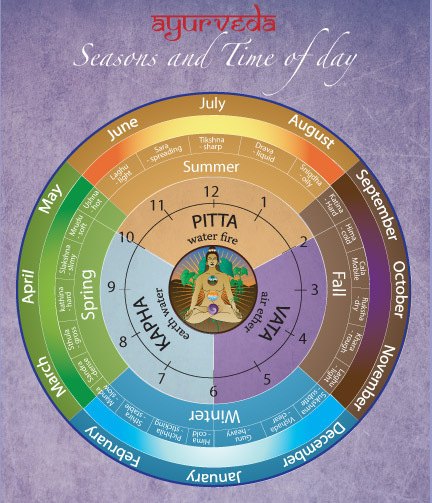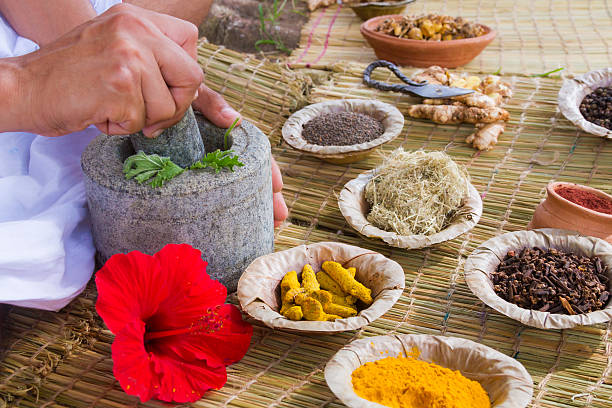Course Duration: 7 Days / Residential / Certification
Ayurveda Introductory Course
वायु पिततं कफशचेति त्रयो दोषा: समास्त: ॥
विकृता विकृतादेहं घ्नन्ति ते वर्त्तयन्ति चा ।
Vata, Pitta, and Kapha are the three Doshas of the
body. The perfect balance of three Doshas leads to health.
imbalance in Tridosha leads to diseases.
– Ashtanga Hridayam
Ayurveda is a traditional Indian system of medicine. It aims to preserve health and wellness by keeping the mind, body, and spirit in balance.
According to Ayurvedic theory, everyone is made of a combination of five elements: air, water, fire, earth, and space. These elements combine in the body to form three energies or life forces, called doshas: Vata, Pitta, and Kapha. Although there is a unique mix of the three doshas, one dosha is usually the most influential in each person.
In Ayurveda, the balance of a person’s doshas is thought to explain some of his or her individual differences and the likelihood of illness. An imbalanced dosha is believed to interrupt the natural flow of vital energy or prana.


Learning Objectives
- Foundational principles of Ayurveda
- Ayurvedic constitution and the three Doshas
- The relationship between constitution, health, and imbalance
- The definition of holistic health
- Daily guidelines for balanced living
- The Ayurvedic approach to digestion
- The purpose of Ayurveda’s sister science, Yoga
- The mind-body connection
Benefits of Authentic Ayurveda Treatments
- Improves immunity
- Restores your natural balance thus improving overall health and wellness
- Improves body metabolism
- Strengthens the process of digestion
- Removes anxiety and stress
- Improves mental wellbeing
- Enhances the quality of sleep
- Improves skin and hair

Treatment Plan
After the assessment, the practitioner typically creates an individualized treatment plan including diet, exercise, herbs, yoga, meditation, and massage. The treatment plan generally focuses on restoring balance to one or two doshas.
